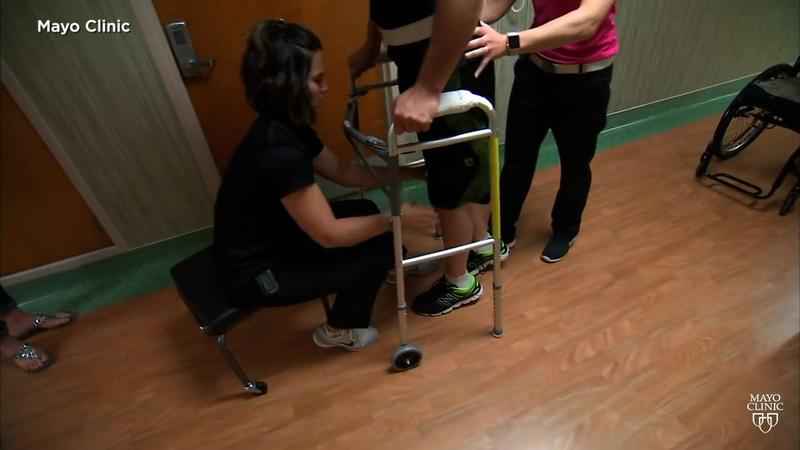Walz budget proposal calls for cuts to paralysis, brain injury research
Millions of dollars in public funding for spinal cord and traumatic brain injury research is in jeopardy after Minnesota Gov. Tim Walz proposed eliminating a key program in his budget proposal.
The Minnesota Legislature and former Gov. Mark Dayton first approved a million dollars in funding for spinal cord and traumatic brain injury research in 2015, that has grown to $6 million dollars in the current two-year budget cycle. However, the governor proposed eliminating all of the funding in the budget for 2022-23.
"While the research is important, it appears to be misaligned with the agency’s mission," the Walz administration says in a budget document regarding the funding for the Office of Higher Education. "Furthermore, the Office of Higher Education does not have relevant expertise and traditionally has not served as an evaluator of medical research proposals."
Walz announces 2-year budget proposal including tax hikes on Minnesota’s highest earners
Supporters of the funding, including paralysis patients, expressed disappointment in the governor’s proposal.

[Mayo Clinic]
"We’re actually starting to see real results," says Jake Anderson of Chanhassen, who was paralyzed in a 2014 diving accident while a student at the University of Wisconsin in Madison. "So momentum has been in our favor. This was really a surprise to all of us."
Anderson points to success with studies of epidural stimulation of the spinal cord that has shown promise at the Mayo Clinic. In 2018, one patient even walked with assistance for the length of a football field.
"You wake up and you hope that one day you can get out of bed on your own," says Jack Jablonski who was paralyzed in a hockey game in 2011. "Unfortunately for Jake and I and millions of people across the United States and across the world that’s not the case."
Jablonski’s "Believe in Miracles" foundation has raised millions in private funding for research that has been used in conjunction with public dollars at Mayo, the University of Minnesota, Hennepin Healthcare and elsewhere. The public funding from the state is currently being used in 36 active research projects involving spinal cord and brain injuries.
Republican Sen. Jim Abeler, R-Anoka, says he will fight to preserve the funding during budget negotiations.
"These individuals who have spinal cord injuries and brain injuries deserve hope and they deserve the opportunity and I amongst others are going to fight for that," he said.
Late Tuesday afternoon the governor’s office provided further rationale for the decision to cut the funding.
"Balancing the budget requires a lot of difficult decisions," said Walz spokesman Teddy Tschann. "While the Legislature initially appropriated this money to the Office of Higher Education, the State has since determined that this program could be better served if it was implemented by our universities or the Mayo Clinic, where the majority of this research is taking place. These institutions are better equipped to evaluate this kind of work themselves, rather than relying on a state agency that doesn’t do medical research. This continues to be important work that the Administration believes should take place within our world-class universities and research institutions."
However, for now, it appears Mayo, the University of Minnesota and others would have to do the work without additional funding from state taxpayers.